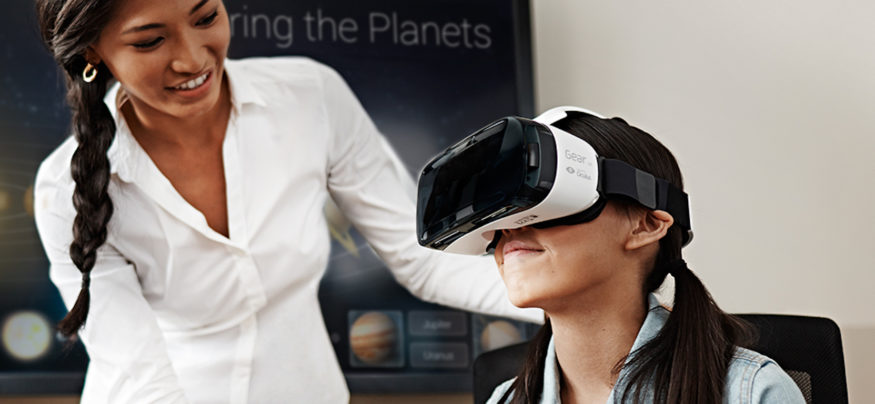One of the most compelling promises of classroom technology is its power to connect students with people, places and experiences they would typically be unable to access. A new partnership announced between Spaceport America and FieldTripZoom expands that concept to include space travel.
The companies will be inviting all K-12 students in New Mexico to virtually visit the spaceport at no charge through a series of free livestreams. Teachers can sign up with their public school email address, and private schools in New Mexico can contact FieldTripZoom for their free access. Teachers outside of New Mexico with a subscription can sign up for a live rocket launch at the spaceport, so students all over the country can benefit from this partnership.
Giving All Students Access to High-Quality Educational Experiences
With classroom technology, programs like FieldTripZoom open up museums, carnivorous plant nurseries, wildlife organizations and a wealth of other educational and cultural institutions around the United States. No matter where students are, they can use their classroom tools to virtually visit these locations and ask questions of the staff, just like when they go on a real-life field trip.
Funding Solutions for Ed Tech Purchases
Download the white paper for a guide to securing funding for education technology. Download Now
This type of project ensures that even students in rural areas or in areas where schools don’t have the funds for field trips can access and benefit from these learning experiences. In addition to access to firsthand viewing of cultural and historical resources, these types of virtual field trips can help broaden students’ perspectives of the types of people in specific professions, the historical significance of certain areas and events, and the vast geographic and human landscape in the United States.
What Does Your Classroom Need to Benefit From These Technology Experiences?
Virtual field trips serve as a foundation to take advantage of other ways to implement virtual reality education. There are many options available that can be used with Gear VR. For example, students can visit the New York Hall of Science, tour one of America’s natural history museums or even go deep inside a science museum to explore the world inside their bodies.
To incorporate virtual reality education content, classrooms will need a set of VR headsets and mobile devices, as well as a classroom subscription to content. Organizations can find a wealth of high-quality education-focused content for free, as well. Because of the immersive nature of virtual reality, these experiences can really stick with students and help them see the connections between sometimes disparate facts.
For live virtual field trips and expert meetings, a videoconference system with a large display will be most beneficial. This will allow students to get a good view of the locations they’re visiting virtually and to communicate easily with the field trip hosts. The best part of the virtual field trip is the interaction with trained professionals who can answer students’ questions as they come up. To follow up after a field trip, teachers can connect students with experts through a site like Nepris, so they may ask more questions about what they learned or how it connects to what they’re studying.
Recorded virtual field trips can be viewed on nearly any classroom device, including Chromebooks or tablets. Students can view individually and take notes, or they can discuss in small groups what they see in real-time.
That is the real power of technology: forging connections. Whether it’s connections between people, ideas or subjects, students can start building these links right in the classroom with next-generation technology in their hands.
Looking to integrate more digital tools into the classroom? Learn how emerging technology can transform the classroom experience.








